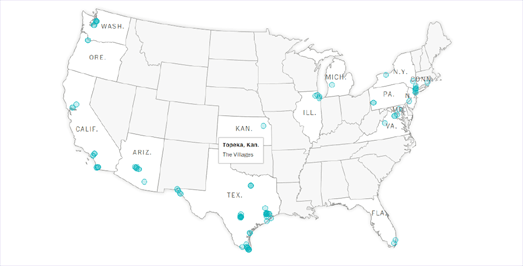Сообщения
Сообщения за июнь, 2018
Faces of Auschwitz
- Получить ссылку
- X
- Электронная почта
- Другие приложения
Mapping City Gayborhoods
- Получить ссылку
- X
- Электронная почта
- Другие приложения
Unequal Under the Law
- Получить ссылку
- X
- Электронная почта
- Другие приложения
Satellite Evidence of Myanmar Atrocities
- Получить ссылку
- X
- Электронная почта
- Другие приложения
Every Home Owner & Renter in America
- Получить ссылку
- X
- Электронная почта
- Другие приложения
All Flights Lead to Rome
- Получить ссылку
- X
- Электронная почта
- Другие приложения
Gentrification in Detroit
- Получить ссылку
- X
- Электронная почта
- Другие приложения
Ten Colombian Election Maps in One
- Получить ссылку
- X
- Электронная почта
- Другие приложения
Creating Moscow's Super-Park
- Получить ссылку
- X
- Электронная почта
- Другие приложения
Where are the children?
- Получить ссылку
- X
- Электронная почта
- Другие приложения
Ignoring the World's Refugees
- Получить ссылку
- X
- Электронная почта
- Другие приложения
Mapping the Historical Layers of London
- Получить ссылку
- X
- Электронная почта
- Другие приложения
Free, Open-Source 3D Maps
- Получить ссылку
- X
- Электронная почта
- Другие приложения
Make the World Smaller & Venice Bigger
- Получить ссылку
- X
- Электронная почта
- Другие приложения
Turkey Election Maps
- Получить ссылку
- X
- Электронная почта
- Другие приложения
The Rorschach Map Tests
- Получить ссылку
- X
- Электронная почта
- Другие приложения
Is Your Country Ready for an Epidemic?
- Получить ссылку
- X
- Электронная почта
- Другие приложения
The Slang Map of America
- Получить ссылку
- X
- Электронная почта
- Другие приложения
Trump's Migrant Camps for Children
- Получить ссылку
- X
- Электронная почта
- Другие приложения
Refugee Journeys
- Получить ссылку
- X
- Электронная почта
- Другие приложения
The Flow of Human Trafficking
- Получить ссылку
- X
- Электронная почта
- Другие приложения
Discovering Imaginary Islands
- Получить ссылку
- X
- Электронная почта
- Другие приложения
Refugee Routes to Italy
- Получить ссылку
- X
- Электронная почта
- Другие приложения
The Geography of the World Cup
- Получить ссылку
- X
- Электронная почта
- Другие приложения
The American Income Gap
- Получить ссылку
- X
- Электронная почта
- Другие приложения
Apple Maps in LeafletJS
- Получить ссылку
- X
- Электронная почта
- Другие приложения
Death from Alcoholism
- Получить ссылку
- X
- Электронная почта
- Другие приложения
Antipodean Weather
- Получить ссылку
- X
- Электронная почта
- Другие приложения
4,000 Irish Shipwrecks
- Получить ссылку
- X
- Электронная почта
- Другие приложения
Who Moves Where in Europe?
- Получить ссылку
- X
- Электронная почта
- Другие приложения
Friday's Portrait of Earth
- Получить ссылку
- X
- Электронная почта
- Другие приложения
The Atlanta Rap Map
- Получить ссылку
- X
- Электронная почта
- Другие приложения































